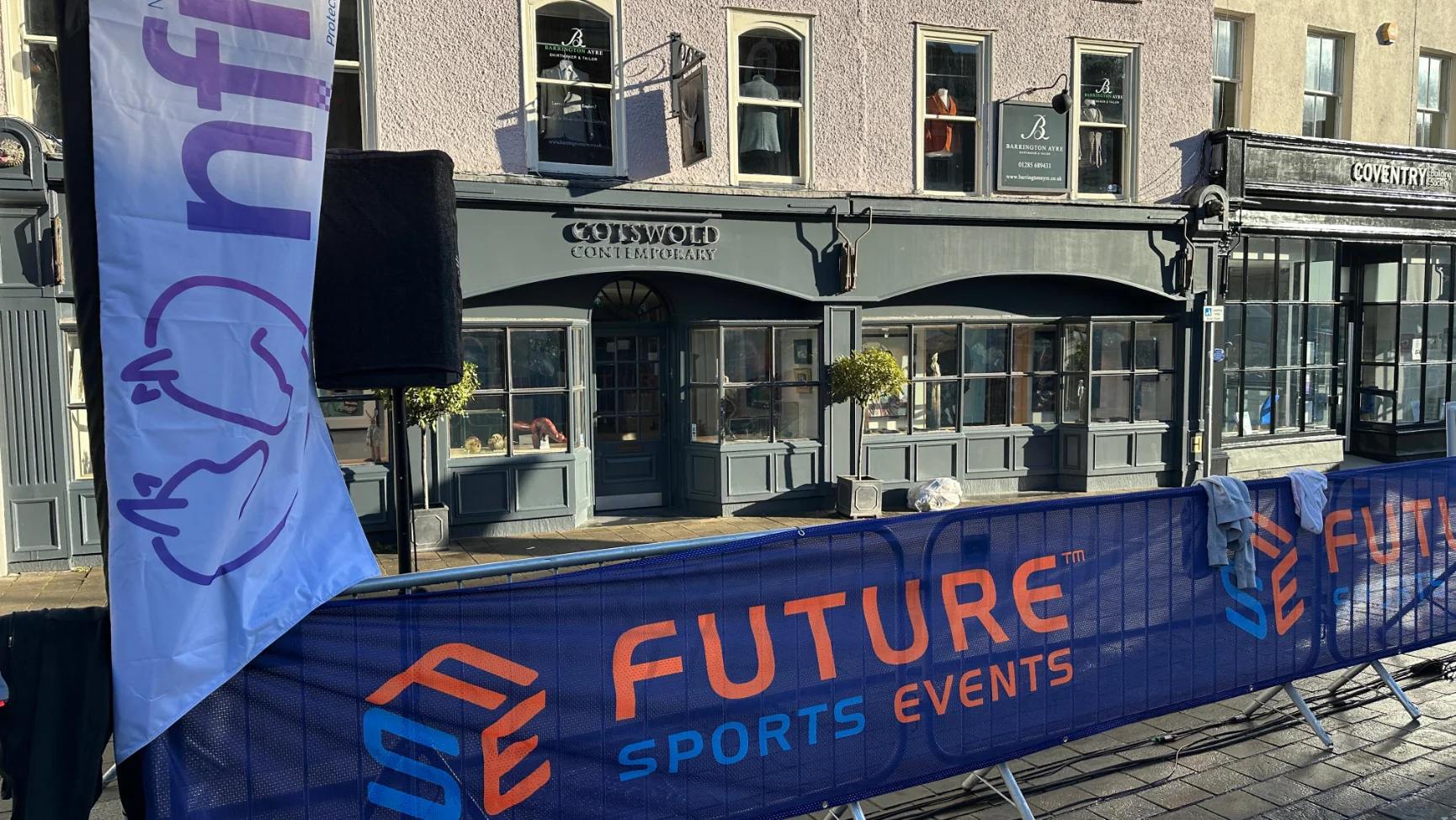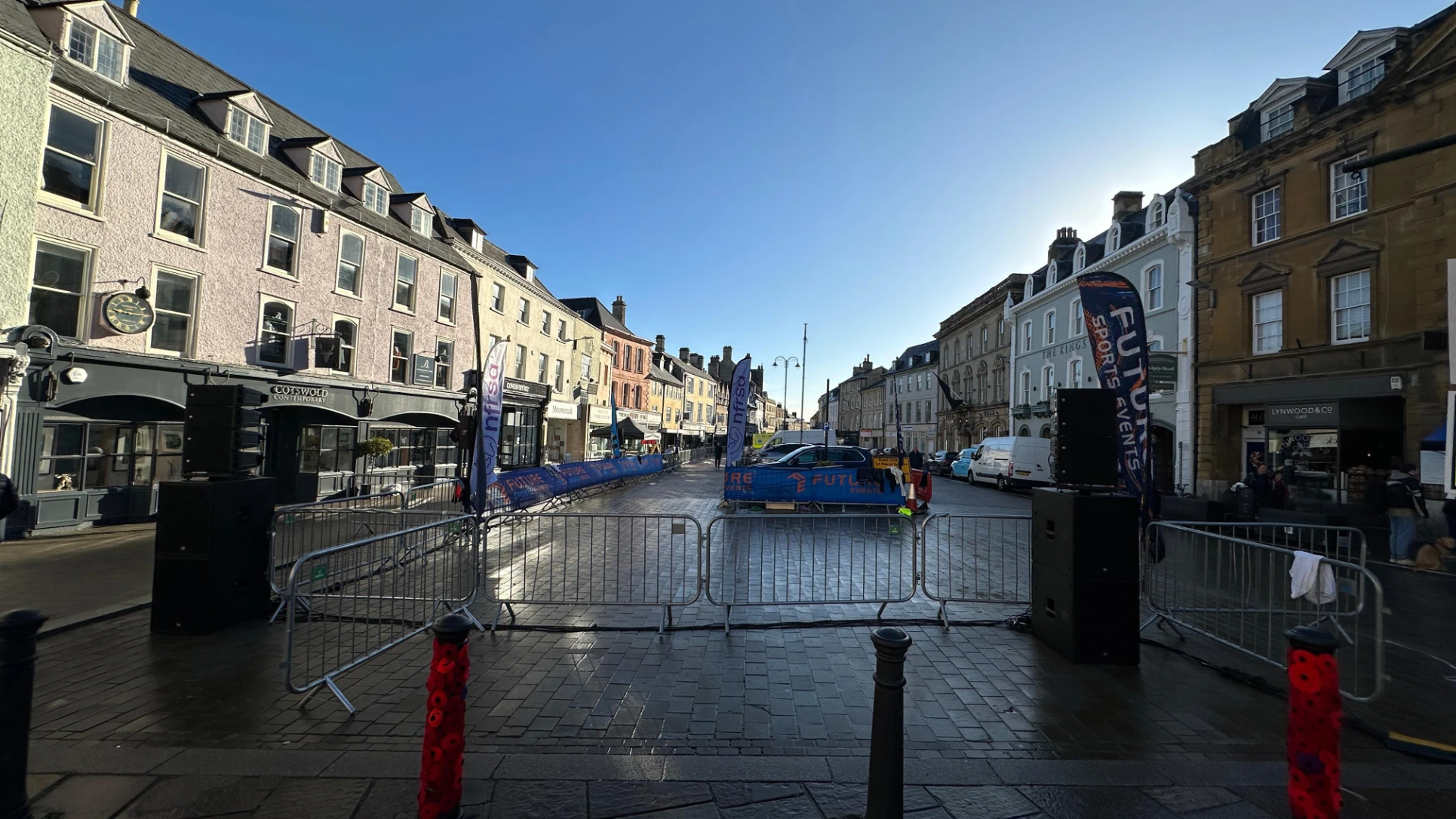Sporting Events
How To Plan A Sports Event: Step-By-Step Guide And Checklist
Planning a sports event is more than booking a pitch and hoping people turn up. You need a clear goal, a realistic budget, the right venue, and a tight plan for safety, timings, equipment, and spectators. This guide walks through each step, with a practical checklist at the end and links to sports event production and dry hire if you need sound, lighting, staging or commentary kit for match day.
November 11, 2025
Get clear on your objective and format
Before you look at venues or kit, decide what success looks like.
Ask yourself:
- Is this a charity fundraiser, league fixture, company tournament, school event or showcase.
- Is the priority participation, fundraising, audience numbers, or brand exposure.
- Are you planning a single match, one-day tournament, race, multi-day event or awards evening linked to the sport.
Your answers will shape:
- Format and schedule
- Ticketing and pricing
- Sponsorship approach
- Production needs, from simple PA for announcements to full sports event production with sound, lighting and staging.
Write your objective in one sentence and keep it visible. It will stop you chasing ideas that do not help the event.
Build a realistic budget and funding plan
A lot of events fail here. The top guides talk about “budget” but gloss over detail. Be more direct.
List your main cost lines:
- Venue hire or pitch fees
- Licences, permits and insurance
- Production: PA, microphones, commentary position, score announcements, walk-on music, lighting, staging, power
- Medical cover and security where needed
- Officials and referees
- Equipment hire: goals, nets, barriers, cones, bibs, timing systems
- Staff and volunteers expenses
- Marketing and ticketing fees
- Medals, trophies and prizes
Then map income:
- Entry fees or ticket sales
- Sponsorship and partners
- Food and drink margins or vendor fees
- Grants or club funding
Aim to build in 10 to 15 percent contingency. Sports events always throw a late surprise. If you want predictable costs on the technical side, talk to us about fixed-price sports event production packages:
Choose the date, venue and layout
Your date and venue will decide how hard the rest of the job is.
Picking the date
- Avoid clashes with major fixtures or local events.
- Check school holidays, exam periods and bank holidays.
- Allow enough lead time for marketing and registrations.
Picking the venue
Look beyond “is there a pitch”.
Check:
- Capacity for players, staff and spectators
- Changing rooms, toilets and first aid room
- Parking, public transport links and accessible routes
- Floodlights if you are running into the evening
- Power points and cable routes for PA, timing, scoreboards and lighting
- Space for stage or podium if you want presentations
If the venue has awkward access or limited power, tell your production team early. We can work around it with the right kit choice or dry hire package.
Map the layout
Sketch a simple plan:
- Pitches or course layout
- Player areas and call-up points
- Spectator areas and viewing lines
- PA position and speaker coverage
- Food, drink and vendors
- Emergency access routes and assembly points
You will use this later for safety planning and supplier briefs.
Permissions, insurance and safety
Competitors mention “check regulations” and “risk assessment” then move on. This is the bit that keeps you out of trouble.
You may need:
- Permission from the local authority for road closures, park use or amplified sound
- Written approval from the venue or landowner
- Public liability insurance, often required by councils and venues
- Event medical provision, especially for contact sports, long races or large crowds
- Safeguarding checks if you have junior participants
Create a simple risk assessment that covers:
- Playing area safety and condition
- Barriers, fencing and spectator distances
- Weather risks, especially heat, cold and storms
- Trip hazards from cabling and temporary structures
- Player welfare: water points, shade, first aid
On the technical side, make sure any production supplier provides:
- PAT-tested equipment
- Public liability insurance
- RAMS documents where required
If you prefer to handle equipment yourself, choose safe and reputable dry hire gear instead of gambling on cheap unknown kit.
Registration, ticketing and on-the-day payments
The first article leans heavily on software, which is fine, but the basics are simple.
Participants and teams
Decide:
- Who can enter: open, invited, club-only, age groups
- Entry limits per category
- What data you need: medical info, emergency contacts, governing body numbers, team names, kit colours
Use an online form or registration tool so you can:
- Collect data and waivers once
- Export lists for fixtures and timing
- Email updates about schedules, rules and results
Spectators and tickets
For paid events:
- Keep pricing simple: adult, child, concession, family
- Decide if you are pre-sale only, pre-sale plus on-the-door, or free entry
- Factor ticketing fees into your budget
On-the-day payments
Food, drink and merchandise can either:
- Be run by you with a simple card setup
- Be run by vendors who pay a pitch fee or revenue share
Whichever route you choose, think about:
- Queue layout
- Power and data for card machines
- Clear pricing boards
Operations: equipment, staff and schedule
This is where sports events either run smoothly or descend into chaos.
Equipment checklist
At minimum, expect to need:
- Sport-specific kit: goals, posts, nets, balls, bibs, cones, timing systems
- Tables, chairs and gazebos for registration and control points
- Radios or clear comms for key staff
- PA and microphones for announcements, start calls and safety messages
- Speakers zoned for players, spectators and presentation areas
- Optional: basic lighting for early starts or late finishes, especially in winter
You can bundle PA, microphones, stands and simple lighting through sports event production or pick individual items via dry hire:
Staff and volunteers
List every role:
- Event director or lead contact
- Registration and results
- Marshals or stewards
- Referees or officials
- PA announcer or MC
- First aid and safeguarding lead
- Kit, load-in and load-out crew
Share a simple runsheet that covers:
- Call times
- Breaks
- Key moments: first game, races, presentations, trophy photo

Match-day experience: sound, presentation and crowd energy
Most guides barely touch this, which is why a lot of local events feel flat even when the sport is good.
Think about:
- Walk-on music for players and teams
- Short stings for goals, tries or big moments
- Clear, upbeat commentary that keeps spectators informed without drowning out the game
- Branded visuals or simple uplighting around the presentation area
- A small stage or podium for trophies and photos
The goal is not to turn it into a stadium, but to make it feel organised, exciting and worth attending.
That is where proper sports event production helps:
- Right size PA for the space
- Wireless mics that do not cut out at halfway
- Lighting that still works at 4pm in December
- Crew who understand live sport timings
If you already have someone on commentary or tech, you can simply hire the kit. Click here.
Promotion, media and post-event wrap-up
The second and third competitors spend a lot of time on ideas and media. The takeaway is simple: you need a clear plan before, during and after.
Before the event
- Create a short, clear event description and one main graphic
- Set up a basic website or event page with date, location, how to enter and key info
- Share through clubs, schools, workplaces and local partners before worrying about broad ads
- Use simple countdown posts on social media with real information, not generic posters every day
During the event
- Capture good photos and short clips of games, crowds and presentations
- Tag teams, clubs and sponsors as you post
- Use the PA to direct people to social channels and next year’s date if you have it
After the event
- Share results, thank-you messages and a highlight gallery
- Ask players, coaches and spectators for feedback
- Note what worked and what did not while it is fresh
- Send sponsor reports that show numbers, photos and any coverage
If you know this event will return next year, keep all your documents, runsheets and kit lists in one place. Next time you are not starting from scratch.
Ready to Plan Your Sports Event?
You’ve got the steps, now it’s time to put them into action. Whether you’re running a charity match, corporate tournament or local competition, this checklist will keep you on track from planning to kick-off.
Download the full Sports Event Planning Checklist (PDF) below and tick off each task as you go.
Download Checklist
If you need help with sound, lighting, staging or commentary setup, our team can handle it all with one simple package.
Sports Event Production
Dry Hire Equipment



